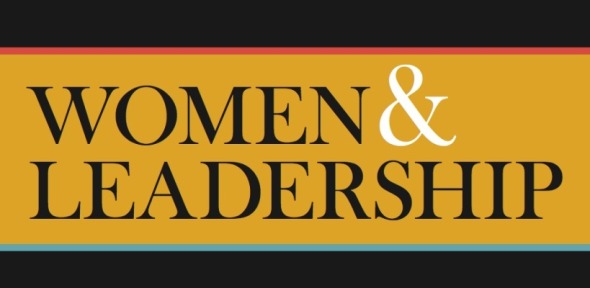Q: How can I get other people to implement my ideas?—Anonymous
Good ideas are not a rare commodity. They come up all the time, often in response to a problem, challenge or opportunity. If implementing your ideas falls entirely within your realm of authority, then implementing it may take some sweat equity and other resources. But otherwise, execution should not be too difficult. For instance, if you come up with a new way to manage the processing of forms and you are the only one involved in that process, then implementing your idea should present few barriers.
But for most ideas, implementation requires other people. Superordinates, subordinates, customers and complementors all may be needed. It is all too easy for some if not many of these individuals to resist execution for a variety of reasons. For instance, implementing the idea may not be in their individual best interest or they might think they have better ideas or perhaps they simply don’t want to put in the extra effort. Resistance to change is particularly vexing when you don’t have authority over these resistors. In such instances, how can you get other people to implement your ideas?
Here are four different approaches to getting other people on board when you do not have sufficient authority.
1. Convincing. Perhaps the most common approach, convincing draws on psychological techniques like listing more ideas than necessary and conceding on the ones that don’t matter, using “we” and avoiding “I” in your proposals, providing an explanation with research and statistics to support your ideas, and pointing out from various points of view the need for change. These techniques attempt to convince people while trying to avoid raising their ire.
Sometimes these approaches work. But too often they don’t. Trying to convince someone that your idea is good can fall into a few traps. If you are not viewed as trustworthy, then attempting to gain acceptance with convincing techniques usually fails. Even if you are viewed as trustworthy, convincing those who believe your idea is not in their best interest or convincing them to take on more work can lead to resistance.
2. Socializing. A related approach is to develop a proposal and then share it with others to read, adjust and modify. Instead of just convincing others of your idea, you can socialize the idea as a means to get them to contribute their own thoughts on how to advance and improve on it. The hope is that the opportunity to contribute leads to acceptance.
While socializing can lead to acceptance, it has two weaknesses. First, it can take a long time, during which resistors can enact their own strategies to delay or prevent implementation. Second, not only does socializing take time, but also there is no natural end point to it. Final decisions often do not get made because each modification to the proposal can lead to round after round of conferring.
3. Critical Thinking. The phrase “critical thinking” has many definitions. At Brookings Executive Education, we focus our critical thinking curriculum on developing processes to comprehensively formulate challenges. Whereas proposing solutions and trying to convince people can quickly lead to political reactions and resistance, sharing a comprehensively formulated problem creates a different pathway. Once a challenge is formulated, assessing the amount of value and for whom it is created becomes easier and more transparent. Any idea, not just yours, can be evaluated against the formulation and potential value. Doing so allows others to assess whether your idea as well as their ideas fully tackle the challenge and generate enough return on investment.
Using critical thinking skills can help you solve the right problem the first time, but it has some challenges nonetheless. You still may need to convince and socialize; although if done well, these steps might be much easier than otherwise. Perhaps more challenging is investing in appropriate critical thinking processes in the first place, because becoming skilled in critical thinking requires training and practice.
4. Team formulating. Instead of tackling the problem by yourself, a more productive way may be to engage a team to co-create a formulation and solution. By involving those likely to be affected by a future solution and asking them to help formulate the challenge, the team will jointly own the problem. They also can co-create the solution, which reinforces their ownership. Such ownership typically leads to rapid implementation as long as you help move barriers out of the way.
Formulating with a team takes both time and technique. The time aspect refers to the investment upfront to co-create the formulation, which will seem unusual to most people used to leaping to a solution and, as a consequence, suffering the challenges of implementation. Yet, spending time up front can pay dividends by dramatically reducing the time needed for implementation. The technique aspect refers to the processes and facilitation needed to guide the team. Few people are trained in such techniques. So, adopting this paradigm may not be easy.
With these alternative approaches in mind, I think you might be starting off with the wrong question. Instead of trying to convince and socialize, work with others to think critically and formulate the challenge in a comprehensive way. Such an approach may require some training, but people are more willing to implement ideas when they co-create and own them than when the ideas are seen as belonging to you.
Duce a mente
(May you lead by thinking)






